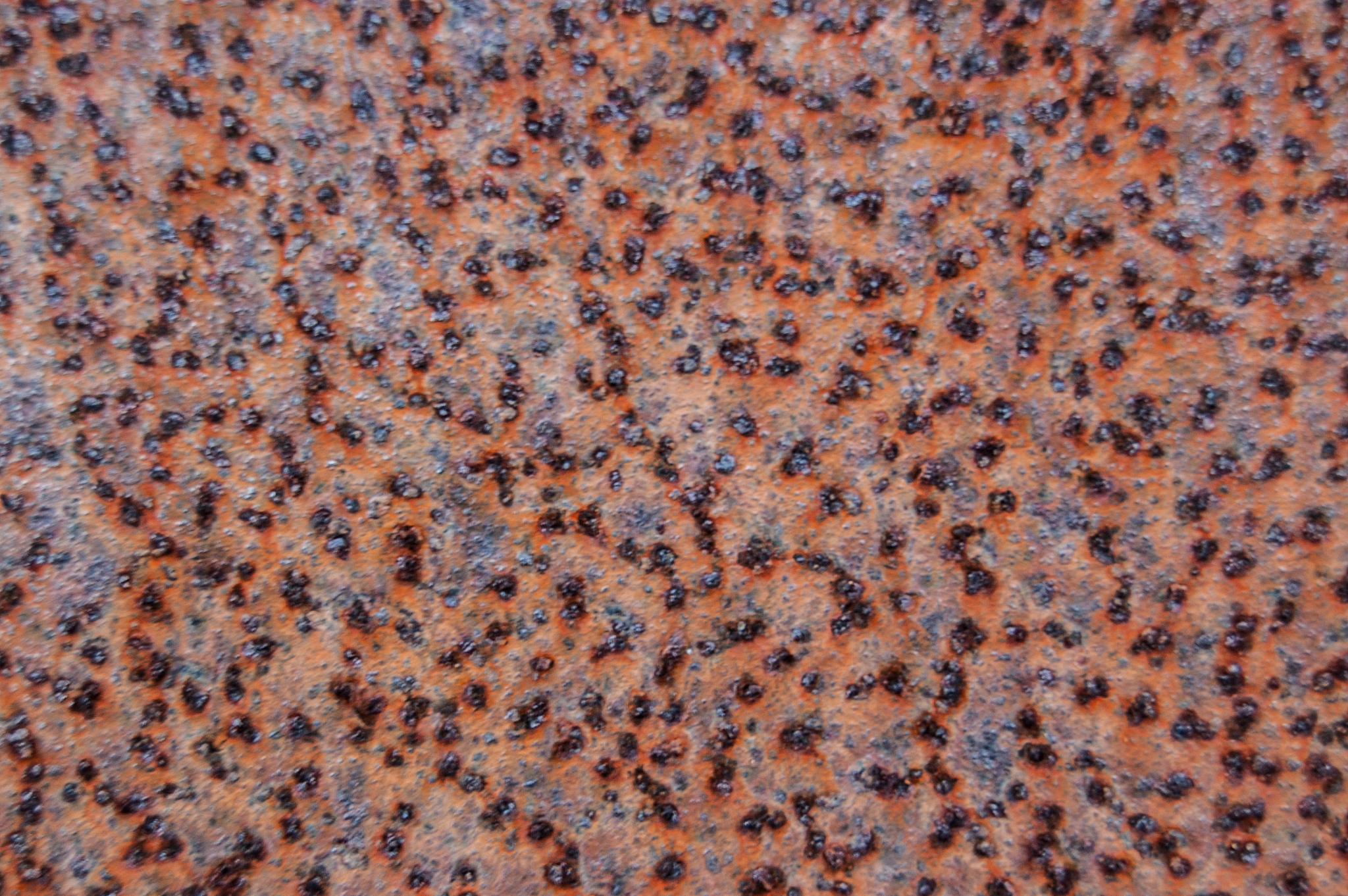Types of metal corrosion in English11 pitting corrosion Pitting corrosion and pitting corrosion Pitting corrosion is large and small in general the depth of the pit is larger than the diameter of the
orrosion.
1.2 galvanic corrosion Galvanic corrosion occurs when two different metals are in contact with each other in the presence of an electrolyte. When the two metals have different electrode potentials, a potential difference is generated, and the metal with the lower electrode potential becomes the anode, while the metal with the higher electrode potential becomes the cathode. The anode metal will begin to corrode, while the cathode metal remains unaffected. This type of corrosion is common in plumbing systems where different metals are used in close proximity, such as copper and steel.
1.3 crevice corrosion Crevice corrosion occurs in areas where there is a small gap or crevice between two metal surfaces. The crevice acts as a small electrolytic cell, allowing for the accumulation of corrosive species and the depletion of oxygen. As a result, corrosion occurs in the crevice, often leading to the formation of pits. This type of corrosion is common in areas where metal surfaces are bolted or welded together, or where gaskets or seals are used.
1.4 stress corrosion cracking Stress corrosion cracking (SCC) occurs when a metal is under tensile stress in the presence of a corrosive environment. The combination of stress and corrosion can cause cracks to form in the metal, which can lead to catastrophic failure. SCC is common in materials such as stainless steel, aluminum, and brass, and can be caused by a variety of factors, including exposure to high temperatures, exposure to certain chemicals, and mechanical stresses.
1.5 intergranular corrosion Intergranular corrosion occurs along the grain boundaries of a metal, where the material is weakest. This type of corrosion is often caused by the presence of impurities or other materials that have segregated to the grain boundaries, and can lead to the formation of cracks and other defects. Intergranular corrosion is common in materials such as stainless steel, where the chromium content is low, and can be caused by exposure to high temperatures or exposure to certain chemicals

原文地址: https://www.cveoy.top/t/topic/flw5 著作权归作者所有。请勿转载和采集!